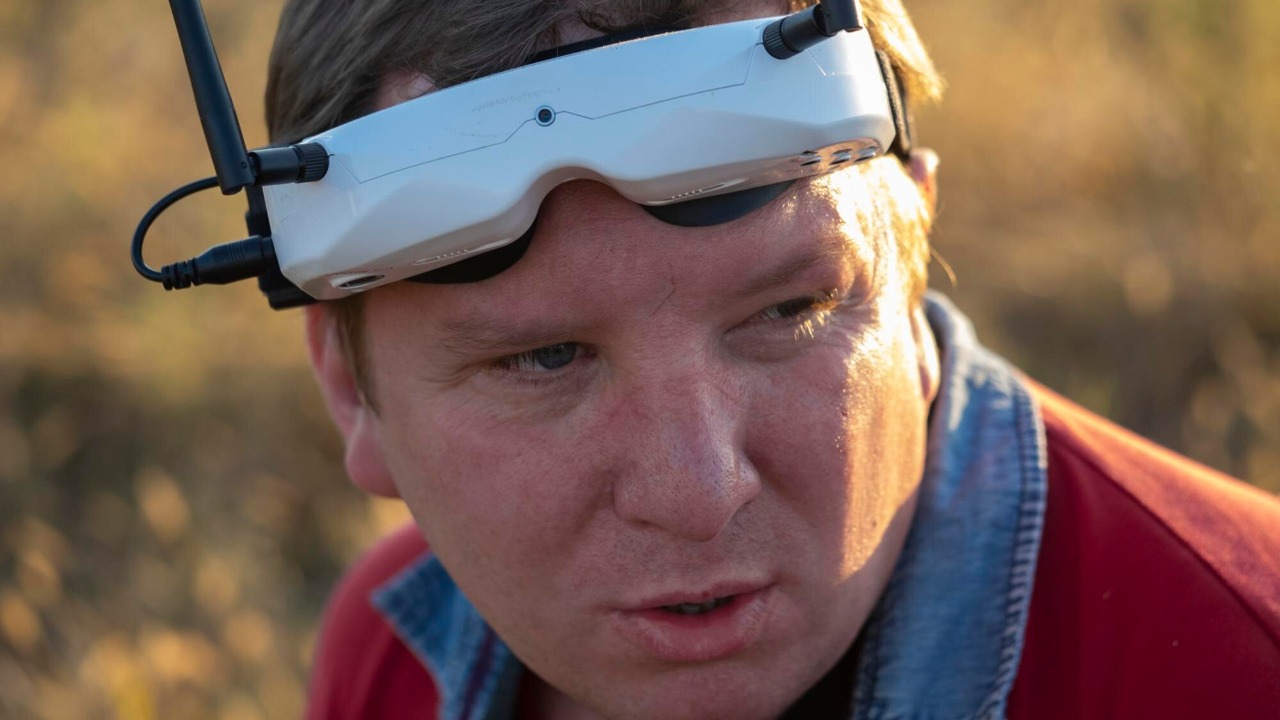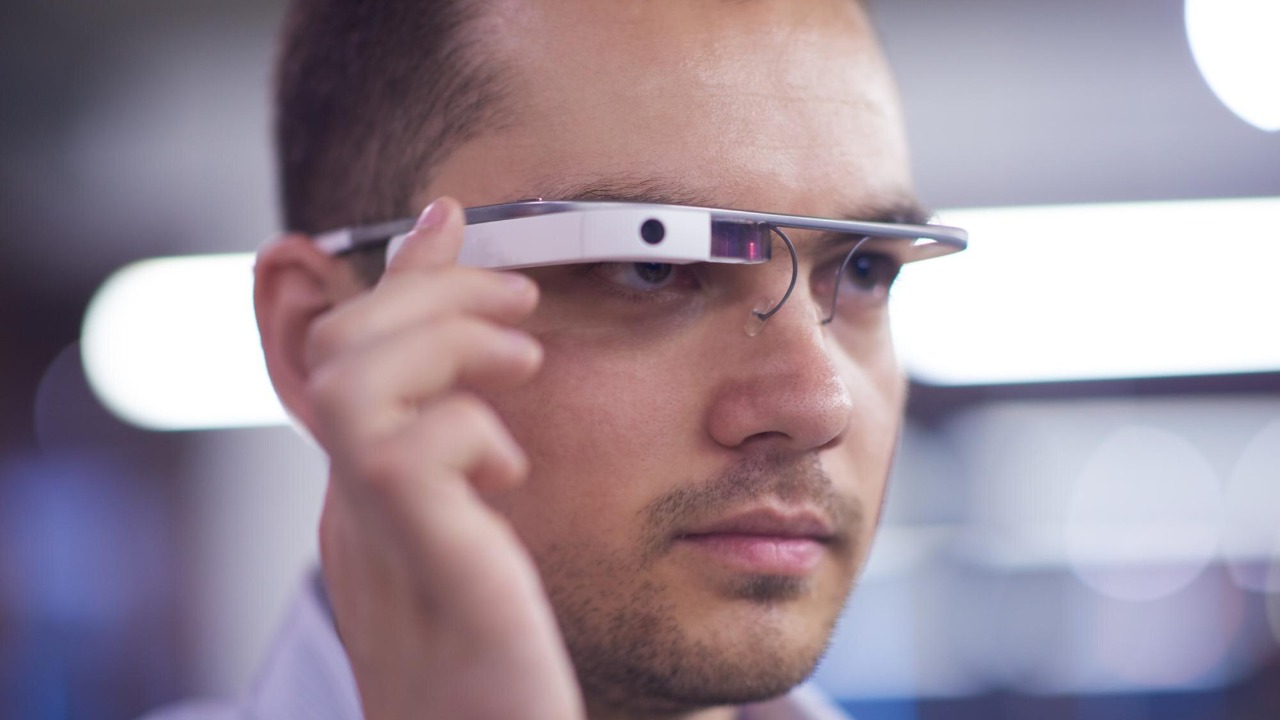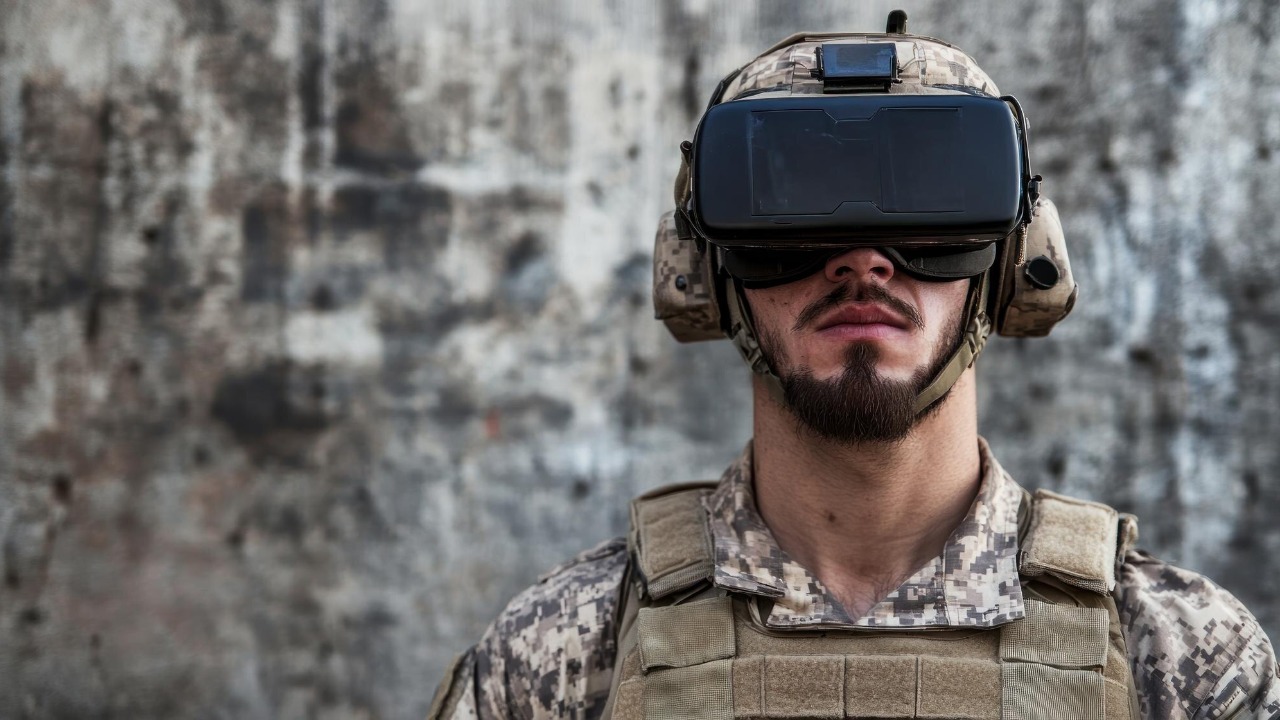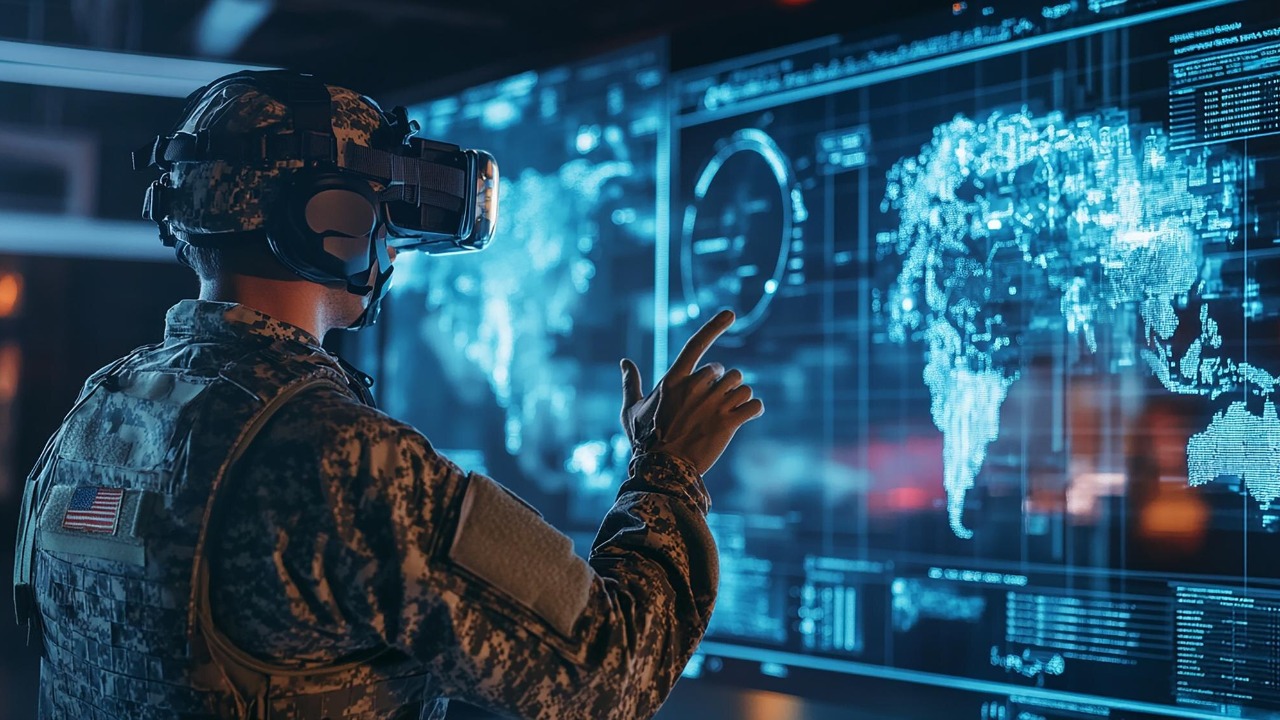
The intersection of technology and warfare is not a new phenomenon. However, the accelerated pace of technological advancements is significantly reshaping military operations. One of these advancements is smart glasses for soldiers, currently being tested in battlefield conditions. These devices offer potential benefits, yet also bring specific challenges to the fore.
Overview of Smart Glasses in the Military

Smart glasses, wearable computer glasses that add information alongside or to what the wearer sees, have been slowly introduced into the military sphere. In the early stages, their capabilities were relatively limited, mainly providing heads-up display of critical information. However, as technology has advanced, so too have the potential applications and benefits of these devices in combat.
Smart glasses offer soldiers real-time access to critical information, without needing to divert their attention or use their hands. They can display maps, mission briefings, live video feeds, and other essential data directly in the soldier’s field of view. They can also provide enhanced vision capabilities, such as night vision or thermal imaging, potentially offering a significant tactical advantage.
The Testing and Development Process

Rivet, a tech startup, has been selected by the army to build AI-enabled soldier glasses. As reported by Defense One, the collaboration aims to equip soldiers with advanced wearable technology that can augment their abilities and improve their effectiveness on the battlefield.
The testing process for these glasses involves rigorous battlefield simulation to ensure their reliability, effectiveness, and durability under extreme conditions. The development process also takes into account the challenges and difficulties encountered, such as ensuring the glasses are comfortable to wear for extended periods, can withstand the rigors of combat, and can function effectively in various environmental conditions.
Features of the Smart Glasses

The AI capabilities of these smart glasses are extensive and designed to provide a substantial advantage in combat situations. They can process and analyze large amounts of data in real-time, providing soldiers with actionable intelligence and situational awareness. The glasses can identify potential threats, display real-time tactical data, and even suggest optimal strategies based on the current situation.
As noted in a post by NathieVR on Facebook, the glasses provide hands-free intel to soldiers, allowing them to focus on their mission without distractions. The design considerations for these glasses include ensuring their durability, comfort, and usability in battlefield conditions, while the integration of AI aims to enhance soldiers’ cognitive capabilities, thus improving their performance in combat.
Implications for the Future of Warfare

Smart glasses could potentially revolutionize warfare tactics and strategies. With real-time access to critical data and AI-powered analysis, soldiers could make more informed decisions, react more quickly to changing situations, and execute their missions more effectively. This could potentially lead to a shift towards AI-enabled autonomous warfare, where AI systems not only provide intelligence but also make tactical decisions.
However, the use of smart glasses and AI in warfare also raises ethical considerations. These range from concerns about potential misuse of the technology to debates about the moral and legal implications of autonomous warfare. As these technologies continue to develop, it is crucial that we engage in these discussions to ensure ethical and responsible use.
Case Study: Ukraine’s Vision for AI in the Military

Ukraine is one country that is actively exploring the potential of AI in the military. As noted by the Center for Strategic and International Studies, Ukraine’s military AI ecosystem is currently in its early stages but shows promise for future development. Smart glasses could be a significant part of this vision, providing Ukrainian soldiers with advanced capabilities on the battlefield.
However, implementing this technology is not without challenges. These include technological limitations, resource constraints, and the need for training and adaptation among soldiers. Despite these challenges, the potential benefits of smart glasses and AI in warfare make them a compelling area for further exploration and investment.